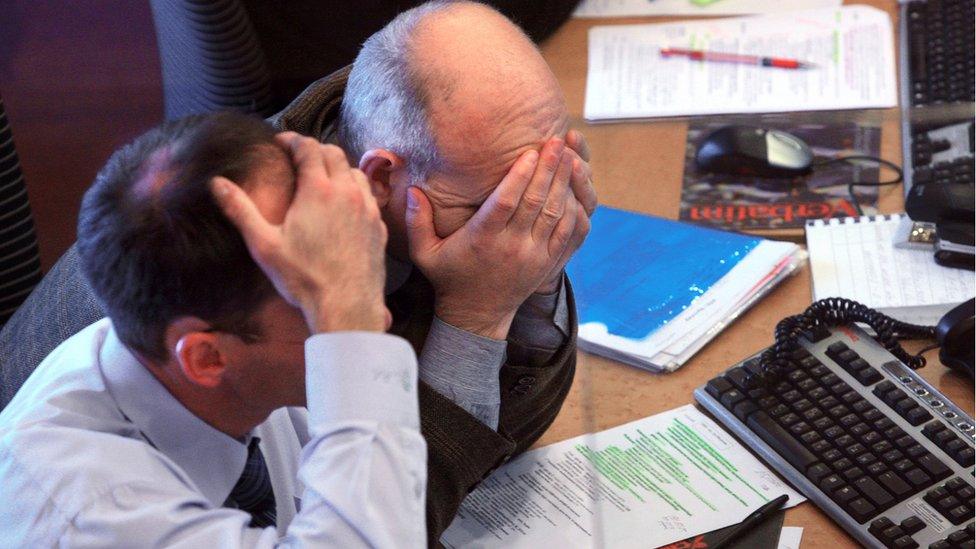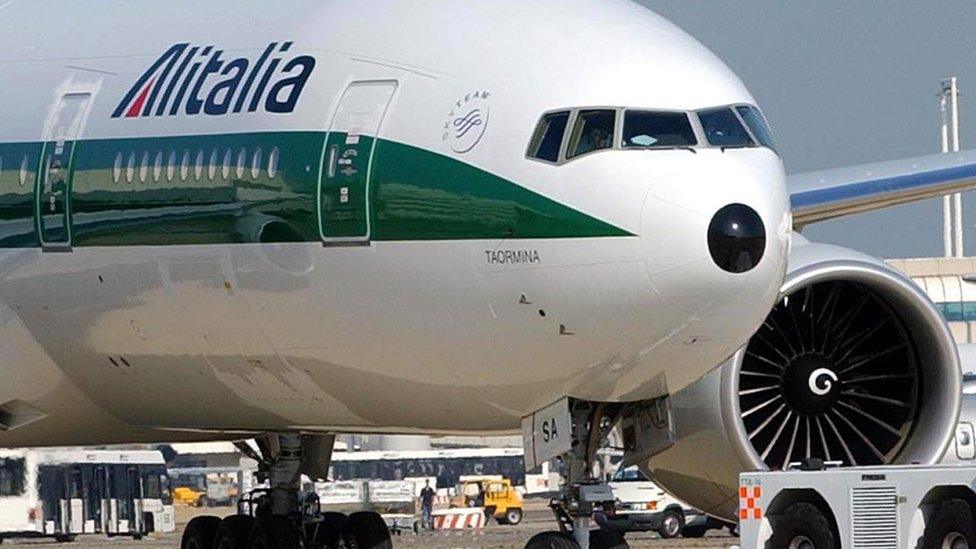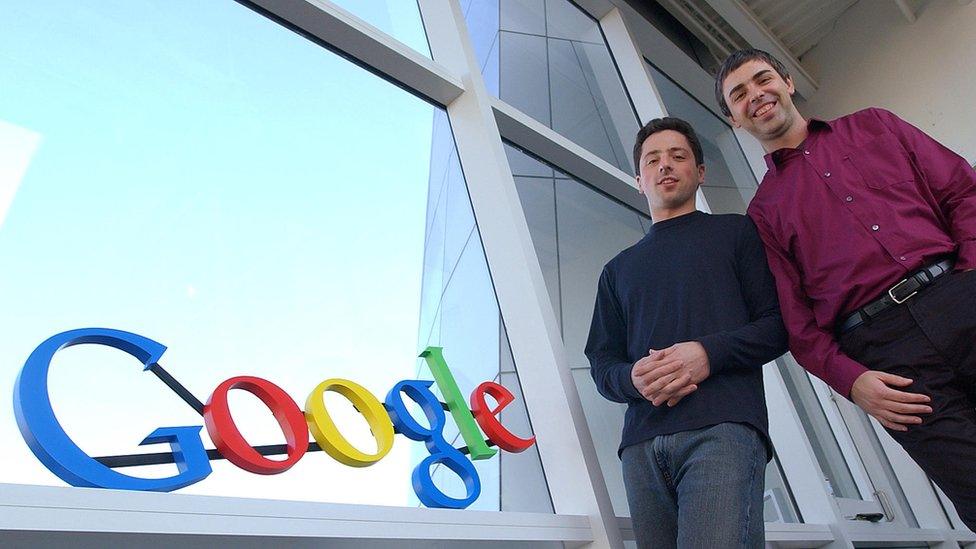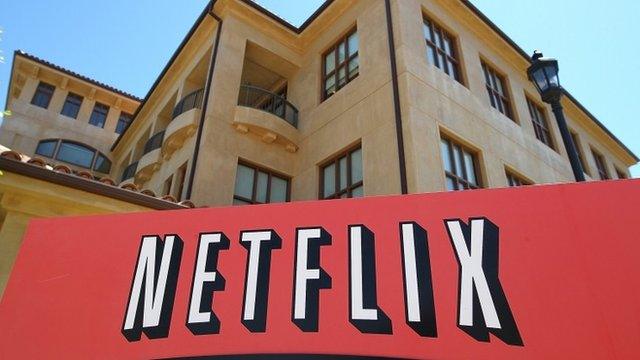When businesses mess up
- Published

When a 12-year-old Spanish boy set up a website to promote his brass band, he inadvertently landed himself with a €100,000 (£88,000) bill for advertising fees.
Luckily for him, Google has said it won't make him pay the bill as he had misunderstood what he was signing up to.
But not everyone is so lucky and even big businesses can make mistakes that can prove costly. Over the years there have been numerous examples of errors and bad decisions....
Facebook backtrack
Facebook recently had to make an embarrassing admission, external that it had grossly overestimated how much video people have watched on the site for the last two years.
One advertiser suggested that, in some cases, video viewing statistics had been overestimated by up to 80%.
Facebook's analytics are an important tool for advertisers, who use them to work out how much of their video content is being watched.
The error affected a Facebook metric called "average duration of video viewed", which was supposed to tell publishers for how long, on average, people had watched a video.
However, the metric did not include viewers who had watched for less than three seconds in the count. Discounting the shorter views - including people who had ignored a video in their news feed - inflated the average viewing times for each video.
The admission from the social networking giant drew criticism, though Facebook said the error had not changed how much advertisers paid the site.

Digital disaster
From a huge overestimation to a terrifying under-appreciation for the popularity of a tech development.
Digital cameras. We all take the powerful cameras on our phones for granted, but in the 1970s this was all unheard of, film cameras were king.
Then in 1973 Kodak hired a young engineer called Steven Sasson. He went on to invent the process that allows us to take digital photos with our phones and send them around the world in seconds.
Kodak patented the first digital camera in 1978, external. But it did not develop the idea, fearing the effect it would have on its film sales.
Mr Sasson told the New York Times, external that Kodak bosses were "convinced" no-one would ever want to view their photos on a television set. Oops. Kodak filed for bankruptcy in 2012.

Buying online
E-commerce has caused a multitude of pricing glitches over the years, from virtual shopping baskets failing to update to whole websites crashing, the frustrations are endless.
But one huge malfunction that will take some beating is Alitalia Airline's 2006 slip-up, external.
The Italian airline advertised business-class flights from Toronto to Cyprus for $39 instead of $3,900. Unsurprisingly, 2,000 tickets were quickly snapped up. The company attempted to cancel the purchases, but eventually honoured the tickets, losing $7.7m in the process.
Netflix rebuff
Today streaming a movie or TV programme via the internet is commonplace. But the days when movie rental shops were dominant are not all that long gone.
In between there were a few uncomfortable years when we didn't know which method of movie distribution would be the future.
In 2000, streaming giant Netflix proposed, external that it would handle video rental operation Blockbuster's online component for it, if Blockbuster would in return host its in-store component. (There was a time when it was popular to rent physical DVDs from Netflix).
Blockbuster declined this and other potential deals with Netflix, and eventually went out of business as the market shifted and it became clear that online was the way forward.

Google co-founders, Larry Page and Sergey Brin, pictured in 2004
Google declined
Another missed opportunity extravaganza happened in 1999 when Excite was the number two search engine on the internet. Google was not, as you might expect, number one - it was in fact a newcomer to the scene.
Google's co-founder Larry Page offered to sell the company, external to Excite for less than $1m. They said no.
Today, Google's parent company Alphabet is worth $543bn.

We have a problem
Schoolchildren can be forgiven for making mistakes when tackling decimals and fractions, but when adults make basic numerical errors, there is less inclination to be lenient.
In 1999, Nasa lost a $125m (£98m) Mars orbiter craft in space when engineers at aerospace company Lockheed Martin used British imperial measurements while the Nasa team used metric ones.
The mistake caused the rocket thrusters used to put the probe into orbit around the planet to be fired incorrectly and it is likely the spacecraft broke up in the inhospitable atmosphere surrounding Mars.
- Published21 April 2014

- Published3 September 2013
